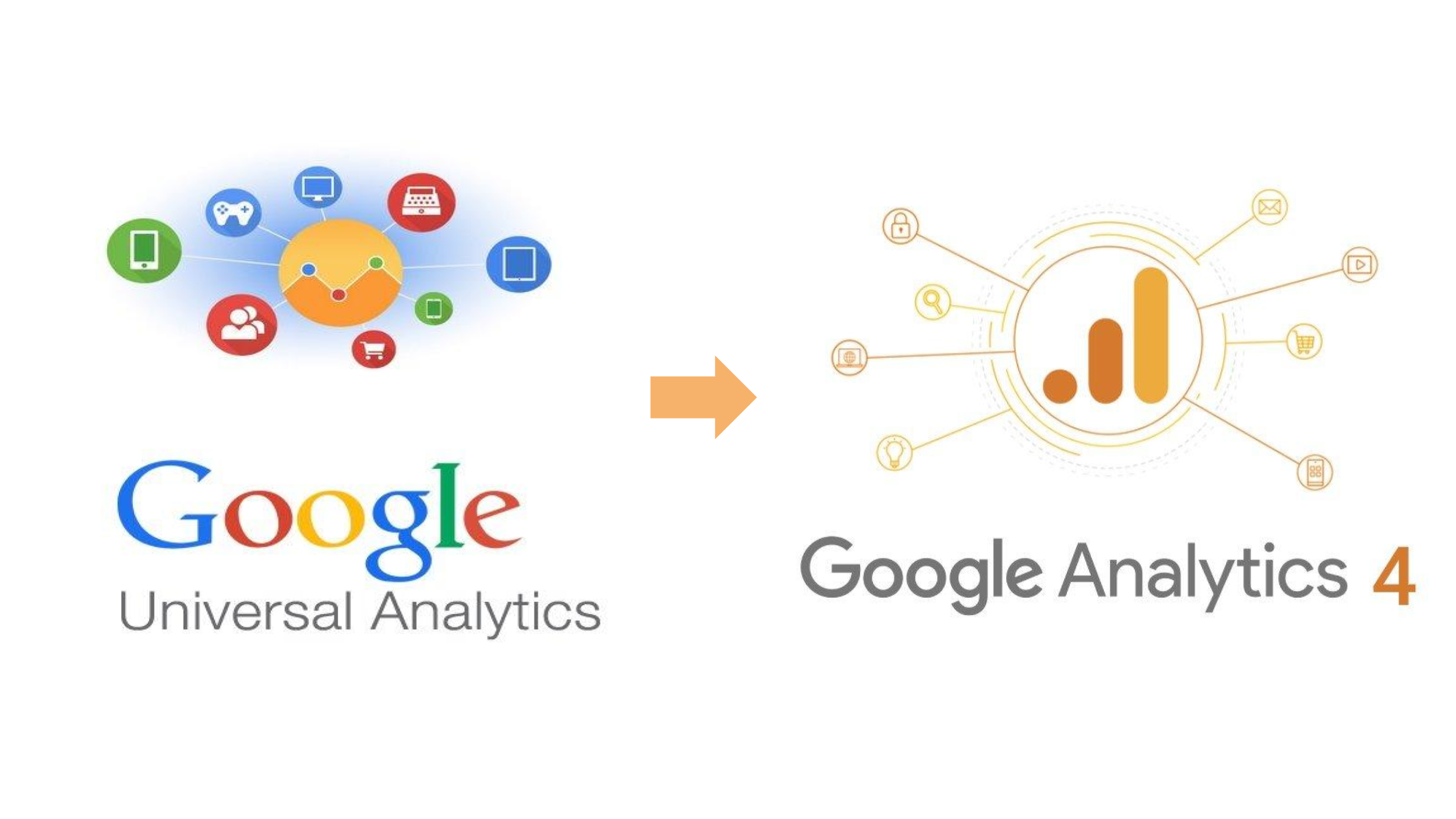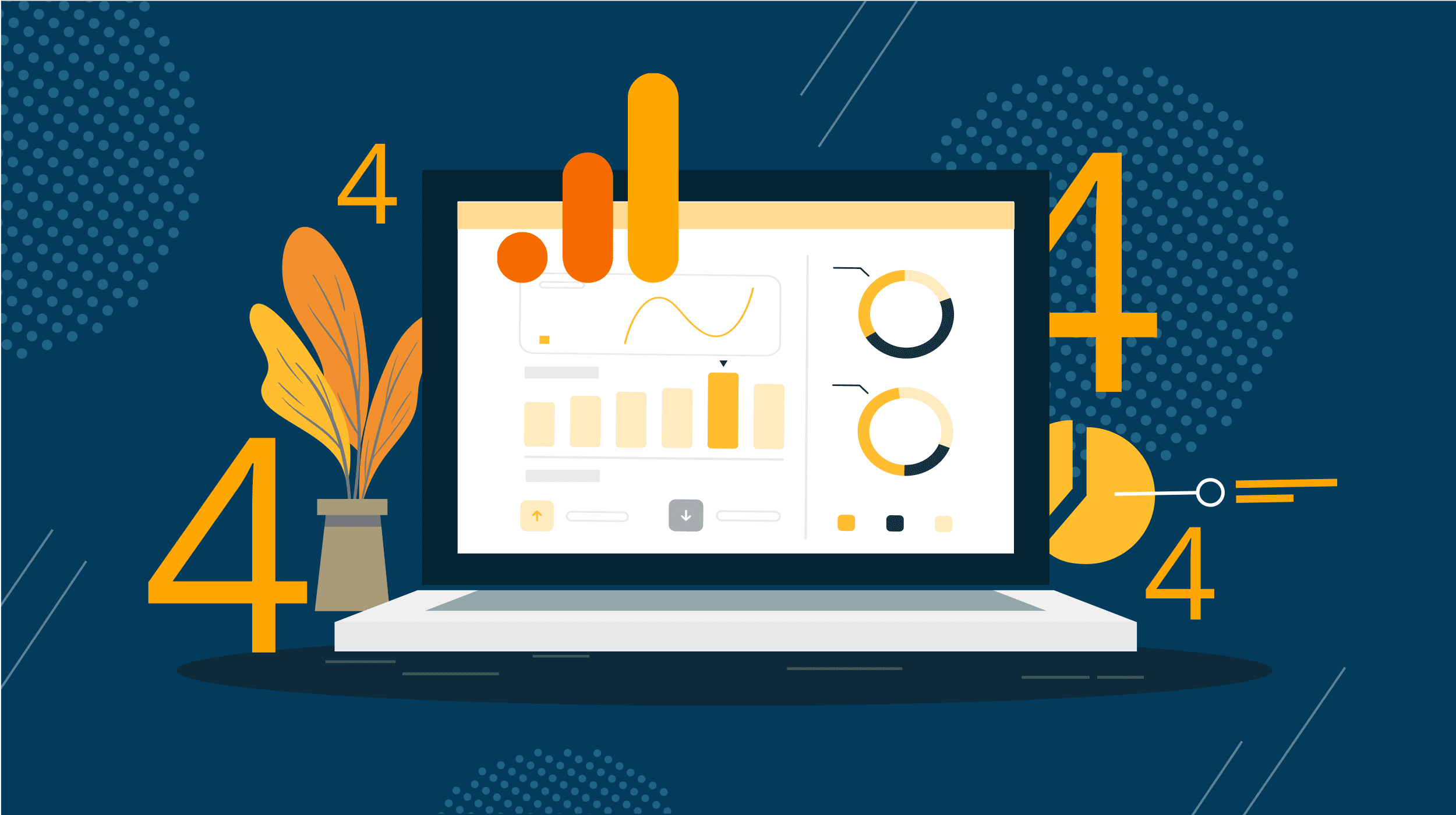A Closer Look: What Does Google Analytics Specifically Prohibit from Being Collected?
A Closer Look: What Does Google Analytics Specifically Prohibit from Being Collected?
Blog Article
Leveraging Google Analytics for In-Depth Insights Into Individual Habits and Engagement
In the digital landscape where customer behavior and involvement hold the key to online success, leveraging devices like Google Analytics has ended up being vital for services looking for to recognize their target market's interactions with their systems. This sophisticated analytics system uses a wide range of information that can introduce elaborate information concerning how users navigate sites, engage with web content, and ultimately convert - what data does google analytics prohibit collecting. By taking advantage of Google Analytics, organizations can uncover valuable understandings that surpass surface-level metrics, providing a comprehensive understanding of customer actions and preferences
Comprehending Customer Habits Through Google Analytics
Using Google Analytics supplies a comprehensive understanding of customer habits on digital platforms. By evaluating data such as the variety of site visitors, their geographical areas, the pages they visit, and the actions they take, organizations can acquire valuable understandings right into exactly how users connect with their web sites or applications. This information permits educated decision-making, allowing companies to maximize their on the internet presence for improved customer experience and interaction.
One trick facet that Google Analytics assists to reveal is user traffic patterns. By tracking metrics like the resource of traffic, recommendation links, and popular keywords, services can identify what drives users to their system. what data does google analytics prohibit collecting. This expertise help in customizing advertising and marketing techniques to target particular demographics or passions properly
In Addition, Google Analytics supplies thorough reports on user engagement, showcasing metrics like bounce prices, session periods, and conversion prices. Recognizing these metrics gives important comments on the performance of material, style, and total user experience, empowering companies to make data-driven improvements and drive far better outcomes. In essence, Google Analytics works as a powerful device for decoding user behavior and optimizing digital platforms for success.
Analyzing Internet Site Website Traffic Patterns
Comprehending the flow of traffic on a site is crucial for enhancing its efficiency and boosting customer involvement. Analyzing website web traffic patterns supplies beneficial insights into just how individuals engage with the site, what content they find most appealing, and where they may be running into barriers. By leveraging tools like Google Analytics, site proprietors can track metrics such as page views, one-of-a-kind visitors, bounce rates, and typical session period to obtain an extensive understanding of customer actions.
Studying traffic resources is critical in figuring out where visitors are originating from, whether with organic search, social media, references, or straight website traffic. This information helps in customizing advertising and marketing methods to target specific target markets properly. Additionally, assessing the actions flow within the internet site can highlight preferred touchdown pages, departure web pages, and one of the most usual paths customers take with the website. Identifying these patterns makes it possible for internet site owners to make educated decisions concerning content placement, navigating improvements, and general site design to enhance user experience and drive conversions.
Monitoring Customer Involvement Metrics
To strengthen the insights obtained from examining web site web traffic patterns, it is imperative to concentrate on monitoring individual involvement metrics. Customer interaction metrics offer valuable details regarding how site visitors communicate with a website, showing the level of rate of interest and satisfaction with the web content. By tracking metrics such as bounce rate, ordinary session period, pages per session, and check this site out conversion rates, web site proprietors can understand the performance of their web content and user experience.
Bounce price gauges the portion of visitors that navigate away from the website after watching only one page, showing whether the web content is pertinent see it here and interesting. Typical session duration exposes how much time visitors spend on the site, mirroring their level of passion. Pages per session statistics programs the ordinary variety of web pages site visitors see during a session, showing the depth of exploration. Conversion rates track the portion of site visitors that finish a preferred action, such as making a purchase or loading out a type, mirroring the performance of the internet site in driving individual actions. By assessing these user involvement metrics, site owners can make enlightened choices to maximize their content and individual experience to boost interaction and attain their goals.
Identifying Conversion Opportunities
Determining potential conversion opportunities is an important facet of optimizing web site performance and attaining wanted user actions. Through Google Analytics, companies can uncover important insights that can aid in recognizing areas where individuals are leaving or not continuing to the preferred conversion activities. By assessing metrics such as conversion rates, landing web page performance, and user flow, services can identify prospective traffic jams in the conversion procedure.

In addition, using Google Analytics' habits flow function have a peek at these guys can supply a graph of how customers navigate via the site. This can aid in identifying preferred pathways in addition to any obstacles that may be impeding conversions. By leveraging these understandings, services can optimize their web site for boosted user experience and raised conversion rates.
Enhancing Individual Experience With Data-Driven Insights
By leveraging data-driven insights from Google Analytics, organizations can tactically maximize their website to improve individual experience and drive greater conversion rates. Comprehending customer habits with data evaluation allows companies to tailor their internet sites to meet the particular requirements and choices of their target market. By identifying essential metrics such as bounce prices, session period, and prominent web pages, services can acquire beneficial understandings right into exactly how customers connect with their site.
Google Analytics offers in-depth info on customer demographics, tools made use of, and even the certain activities tackled the internet site. This information enables companies to make educated decisions on site style, material placement, and overall user flow. By leveraging these insights, companies can create an extra engaging and customized individual experience, resulting in enhanced fulfillment and commitment.
In addition, data-driven understandings can aid organizations recognize discomfort factors in the individual journey and execute targeted improvements to improve the conversion process. By continuously evaluating and checking customer actions, services can adjust and maximize their web site to make certain a smooth and satisfying experience for visitors, ultimately driving greater conversion prices and making best use of company success.

Conclusion
In final thought, Google Analytics supplies useful understandings right into customer behavior and engagement on sites. By evaluating web traffic patterns, tracking interaction metrics, and determining conversion chances, companies can make data-driven decisions to enhance the user experience. Leveraging these insights can lead to improved website performance and raised conversions.
By tracking metrics such as bounce price, ordinary session period, web pages per session, and conversion rates, site owners can understand the effectiveness of their web content and individual experience.
Conversion prices track the percent of visitors who complete a preferred action, such as loading or making a purchase out a form, reflecting the performance of the web site in driving individual actions. By analyzing these customer interaction metrics, website proprietors can make educated choices to enhance their content and user experience to improve engagement and attain their objectives.
By leveraging these insights, organizations can enhance their site for boosted individual experience and increased conversion prices.
By leveraging data-driven insights from Google Analytics, organizations can tactically optimize their web site to enhance customer experience and drive higher conversion prices.
Report this page